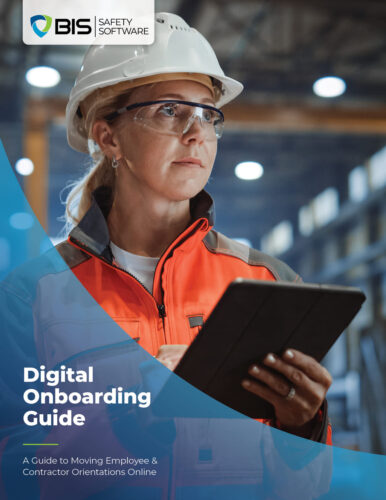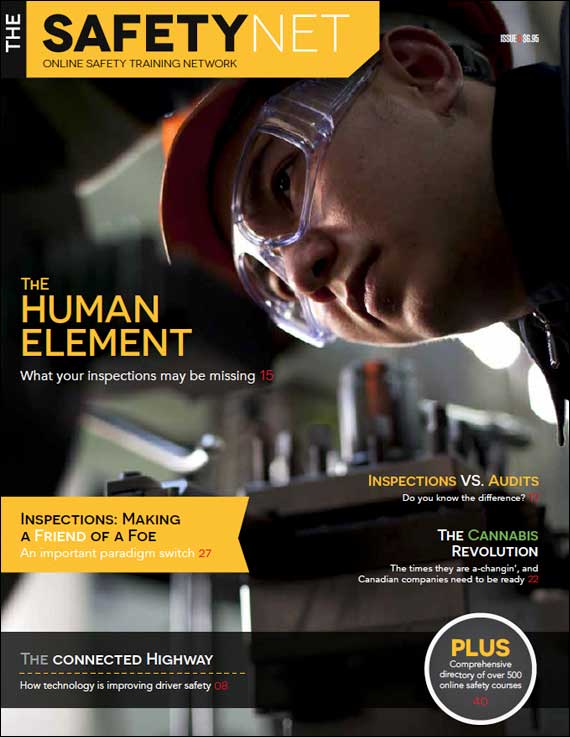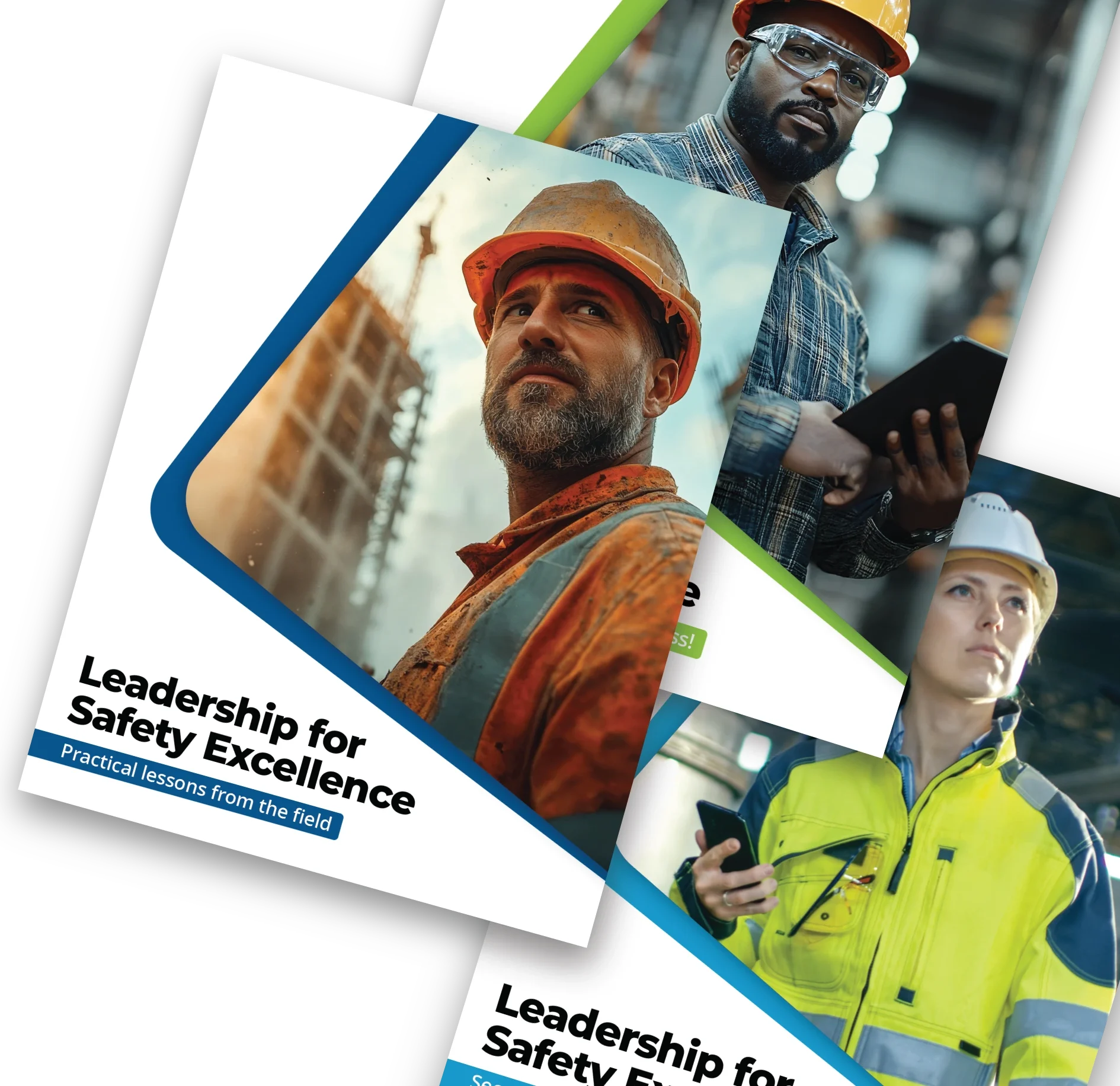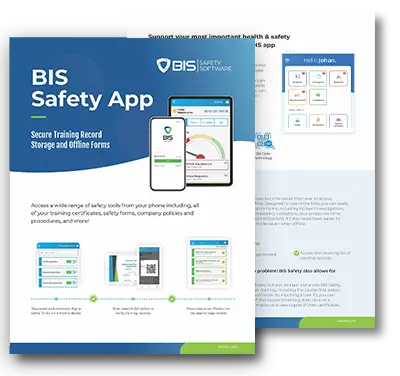
Assessing Employee Competency: Best Practices
When it comes to employee competency, many firms spend more time thinking about the skills themselves rather than how to test the competencies. While a new hire might assure you that they can operate a specific piece of equipment or run a team of a dozen people, for example, you need to be able to verify for yourself that this is the case. Not only should you see that they can complete the task, but they can carry out their responsibilities in a way that benefits your company and ensures the safety of all concerned.
Before you can begin to assess employee competency, you first of all need to identify the different competencies. You can then define the process you are going to put in place to assess and record the skills and competencies of your employees.
Different Competencies
Practical/Functional Skills
Practical skills are specific competencies that can usually be tested on the job. They are the direct concrete skills that enable an employee to complete their responsibilities. These competencies are usually relatively easy to assess.
For example, as mentioned in the introduction, a functional skill might relate to the operation of a specific piece of equipment. In this scenario, the employee’s competency refers to how well they operate the tool or machinery both from a technical perspective and also in relation to company or industry rules and regulations they have to comply with.
If you were testing an employee in this scenario, one method you might employ to assess competency is having the employee carry out a mock demonstration of the steps involved up to and during the use of the equipment, but without operating the tool itself. This enables you to gauge their competency while avoiding risk to themselves or anyone else in the event that they are not actually capable of using the equipment safely. Another method is to observe and assess them carrying out the sorts of tasks that will be expected of them in their day to day work, in much the same way as a learner driver is observed and assessed by their driving instructor.
When carrying out an assessment, make sure to use a standardized digital form as you go along to maintain consistency across your company. These are easy to complete and can be immediately uploaded to training record management systems. Not only does this help you monitor and track which employees have already been assessed, it also helps you to identify any gaps that need to be plugged.

Behavioral Skills
Competency in terms of behavioral skills tends to be the sort of thing that is often quizzed in interviews. Soft skills such as ethics, diplomacy, honesty, team management, and leadership ability are often particularly important in management roles.
This sort of competency is not as easy to assess as practical competency if you don’t actually observe the employee carrying out their role. For example, a candidate at interview may assure you they have strong team management skills. However, without seeing how competent they are at delegating, leadership, and juggling various responsibilities at the same time, you cannot know for yourself.
Again, digital forms which can then be uploaded to the company’s training records management software are advised for assessing behavioral competencies. Performance reviews are a good way of monitoring these sort of skills and are generally carried out at regular intervals during the first year after hiring a new employee.
It is crucial that, as with practical competencies, behavioral assessments are standardized across the board. This provides transparency for anyone wanting to understand what a competency pass score means and also ensures employees are treated fairly. Whether you’re looking to test practical skills such as machine operation or behavioral competencies like team management, online competency assessments will give you a clear idea of the actual skill level of your workers. Competency testing provides a higher level of assurance than written assessments, meaning you have better management of the overall safety and running of your company.
































